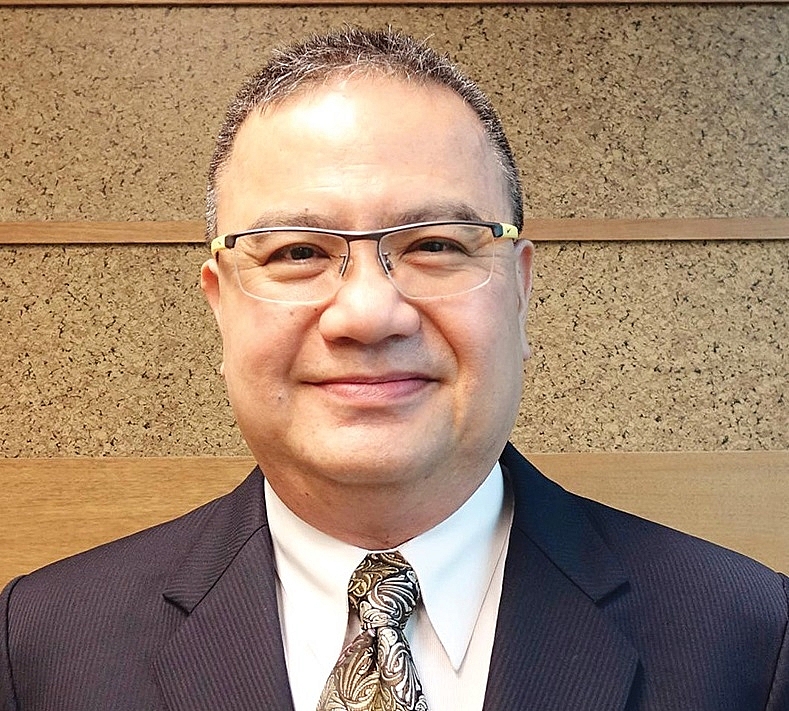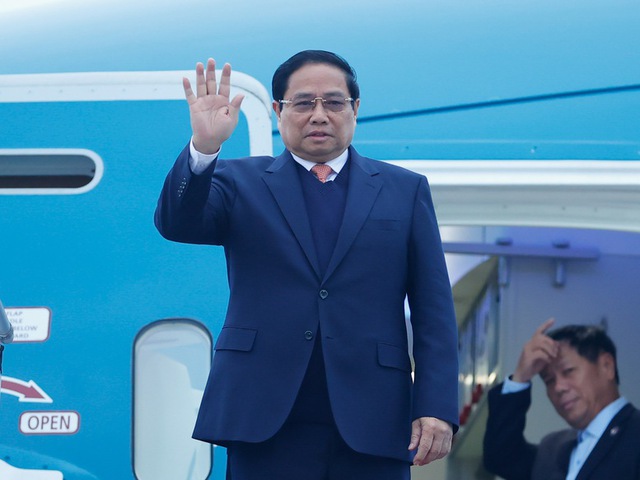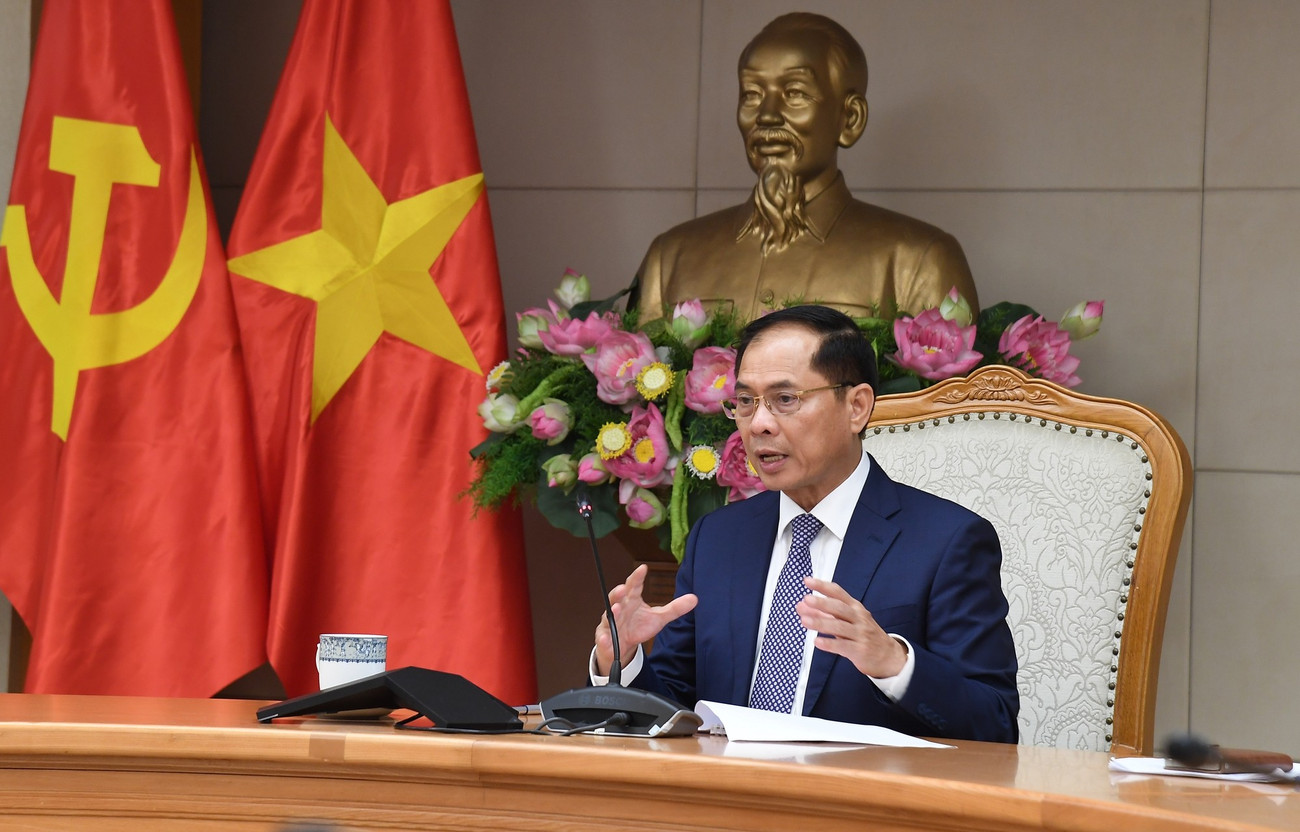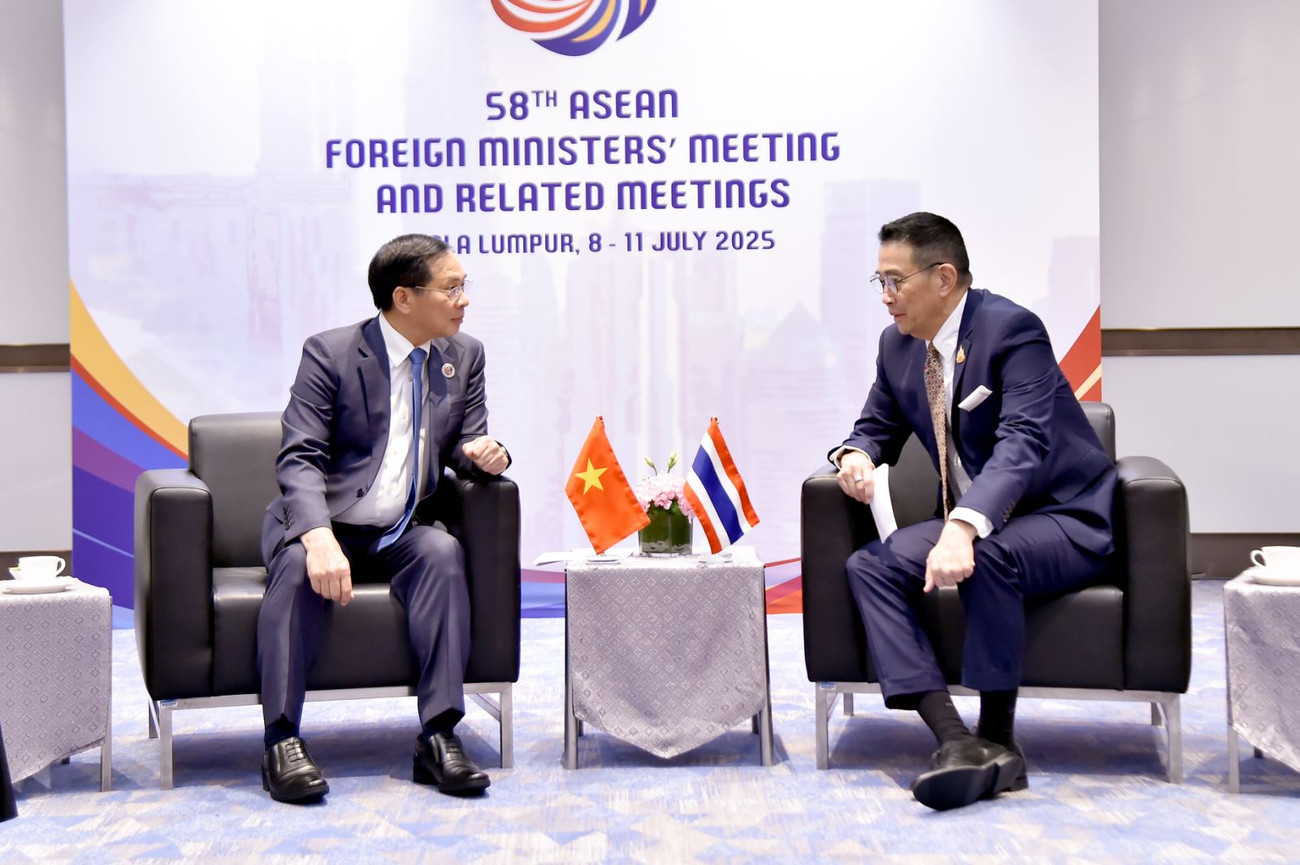MOIT VIETNAM | 25 years of meteoric ASEAN development
/ News
25 years of meteoric ASEAN development
As a member of the ASEAN for 25 years, Vietnam has been proactive in its role, particularly regarding food security and supporting members in these tough times. Danny Lee, former director of Community Affairs Development in the ASEAN, explains more.

Danny Lee, former director of Community Affairs Development in the ASEAN
Vietnam has a special and rather interesting place in my heart. The country was my induction to the ASEAN when I covered the bloc’s Foreign Ministers’ Meeting in Hanoi in 2010. When I briefed visiting groups to the ASEAN Secretariat, Vietnam’s membership and its relations with the founding members was something which I would mention regularly. Vietnam did not always have an easy relationship with the original ASEAN members, but fundamental changes in the international geopolitical landscape in the 1980s, including the doi moi reforms in Vietnam, eventually led to the Paris Agreement in 1991. That opened the way for extensive contacts between Vietnam and the ASEAN. Vietnam signed the bloc’s Treaty of Amity and Cooperation in 1992, gained observer status in 1993, and was accepted as a founder member of the ASEAN Regional Forum the following year. Over the past 25 years Vietnam has seen rapid development, emerging as a very successful and confident member of the international community. The World Bank noted that between 2002 and 2018, more than 45 million people were lifted out of poverty. Poverty rates declined sharply from over 70 per cent to below 6 per cent.
Vietnam’s population reached 97 million in 2018 (up from about 60 million in 1986) and is expected to expand to 120 million before moderating around 2050. Today, 70 per cent of the population is under 35 years of age, with a life expectancy of 76 years, the highest among countries in the region at similar income levels. And an emerging middle class, currently accounting for 13 per cent of the population, is expected to reach 26 per cent by 2026.
These are powerful factors that will drive Vietnam towards higher growth. the country’s development is so apparent that as early as 2012, analysts suggested that Hanoi was ready to “graduate” from the CLMV (Cambodia, Laos, Myanmar, and Vietnam) group to join the more developed members of the ASEAN.
The World Bank has since further noted that after peaking at 7.1 per cent in 2018, real GDP growth in 2019 was projected to slightly decelerate in 2019, led by weaker external demand and continued tightening of credit and fiscal policies. While real GDP growth was projected to remain robust at around 6.5 per cent in 2020 and 2021, the coronavirus pandemic is rocking global economies. However, it is important to note that Vietnam’s GDP was worth $255 billion in 2019, making the country a regional economic powerhouse.
More than economic growth, Vietnam’s impressive food exports have made the country a major player in international and ASEAN food security. According to Statista, Vietnam was the world’s third-largest rice exporter for 2018/2019 after India and Thailand. The country exported some seven million tonnes of rice, or 9 per cent of global output, valued at some $2.2 billion. When Vietnam’s Prime Minister Nguyen Xuan Phuc announced that Hanoi will resume rice exports, many importers welcomed the news.
Vietnam’s contribution to food security is not confined to rice exports. The country is also the largest catfish-exporting country in the world. Data from the Ministry of Agriculture and Rural Development showed that in 2018, this product export hit a record of $2.26 billion, up 26.4 per cent compared to 2017.
Vietnam’s chair of the ASEAN has coincided with the devastating COVID-19 pandemic. In a special online ASEAN summit to combat the pandemic, PM Phuc warned that the situation “has badly impacted people’s lives and their socio-economic situation, challenging stability and social security”. He added that Vietnam will use the summit to propose funding to deal with the pandemic, building emergency medical stockpiles, and sharing resources.
PM Phuc could also offer to share Vietnam’s experience with other countries. Vietnam’s numbers in terms of coronavirus cases and no deaths is an exceptional result which reflects the country’s remarkable ability to overcome overwhelming challenges – something which Vietnam had regularly demonstrated throughout its history.
In its report on the secret to Vietnam’s COVID-19 response success and its implications, The Diplomat said, “Vietnam’s model for containing the outbreak has been touted as a successful low-cost model. Whereas some of its neighbours could afford mass testing, Vietnam lacked the resources and instead opted for selective but proactive prevention.
Vietnam today is an important member of not only the ASEAN, but also the global community. And while the country has benefited from joining the bloc, the grouping has also benefited from having Vietnam in the family.
In an interview with the Bangkok Post last year, Tran Viet Thai, vice head of the Institute for Foreign Strategic Studies at the Diplomatic Academy of Vietnam noted, “The biggest contribution of Vietnam to the ASEAN is that of bringing a divided Southeast Asia into a single entity, helping to kickstart a process in which the ASEAN went from six to 10 members. So, there is no longer division among mainland Southeast Asia and maritime Southeast Asia, and no more confrontation between socialist countries and capitalist maritime countries.”
I look forward to more important developments when Hanoi hosts related meetings later this year. The ongoing pandemic has added urgency for the ASEAN and its partners to kickstart a badly-needed recovery.
Source: VIR
-
/ News / Activities
Prime Minister Pham Minh Chinh’s Strategic Visit to Laos Marks New Chapter in Bilateral Relations
Prime Minister Pham Minh Chinh’s official visit to the Lao People’s Democratic Republic and his co-chairmanship of the 47th meeting of the Vietnam–...
-
/ News
Deepening Cooperation, Strengthening Regional Unity
On the afternoon of July 28, 2025, at the Government Headquarters in Hanoi, Deputy Prime Minister and Minister of Foreign Affairs of Vietnam, Mr. B...
-
/ News / Activities
Vietnam and Laos Accelerate Toward Deeper Regional Integration and Unprecedented Trade Growth
In an era where regional connectivity and economic resilience are critical pillars for national development, Vietnam and Laos are emerging as a mod...





